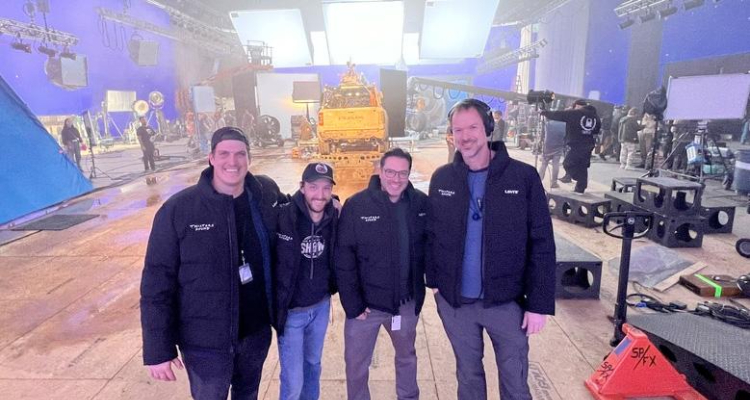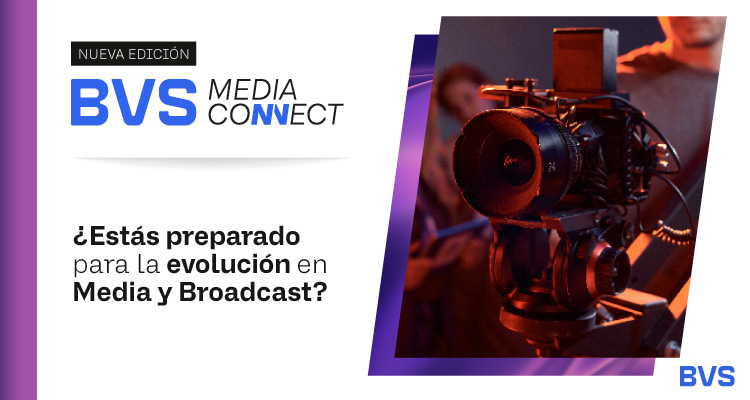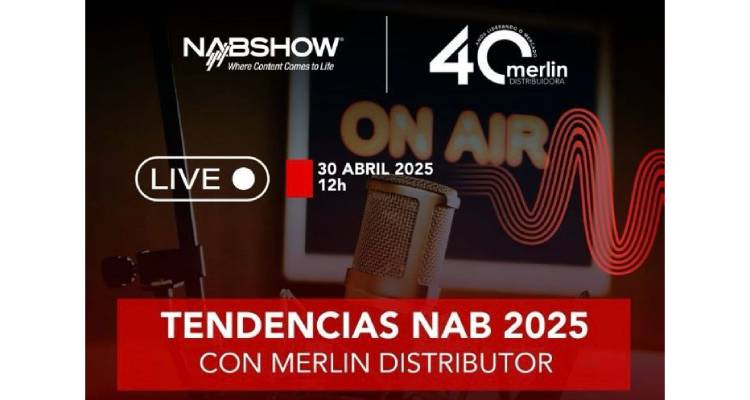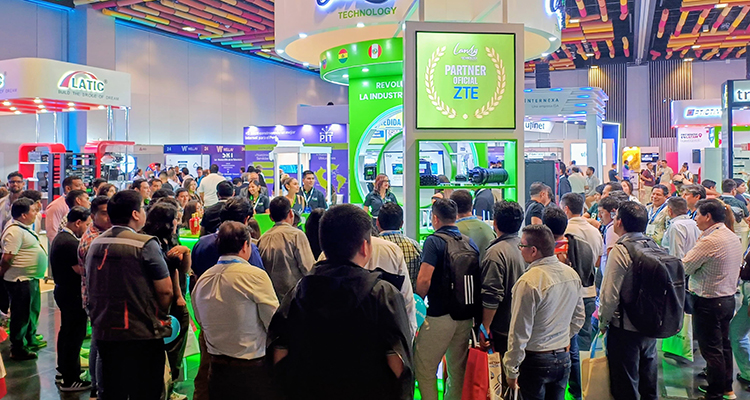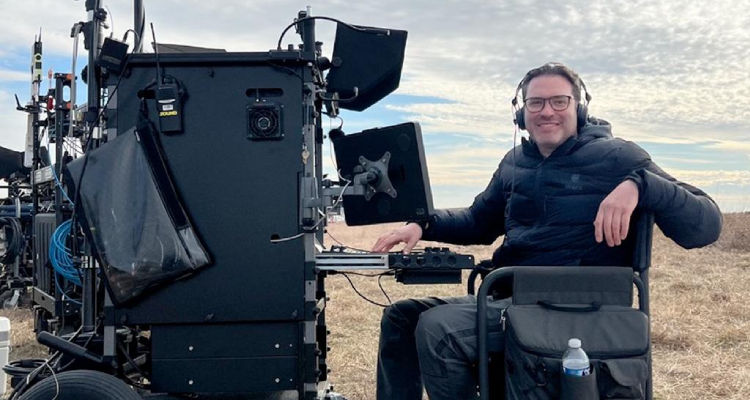
The forecast for summer blockbuster season is tornados. Now storming its way across screens, Universal Pictures, Warner Bros. Pictures and Amblin Entertainment’s Twisters is a current-day chapter of the 1996 summer movie hit, centered on the story of rival storm-chasers who come together to try and predict, and possibly tame, one of nature’s most wondrous—and destructive—forces.
Shooting on location in Oklahoma, the production, directed by Oscar nominee Lee Isaac Chung, involved outdoor and car-to-car work in the most intense wind and rain that movie magic could simulate — and sometimes the real thing.
Production Sound Mixer Devendra Cleary, CAS was entrusted with ensuring clear dialogue under these conditions. In turn, he entrusted Lectrosonics’ latest generation of D2 fully digital wireless: DSQD, DSR4, and DCR822 receivers; and DBSM, DBu, and DPR-A transmitters. All of it is coordinated using Wireless Designer software. Here, he describes the applications for each in detail.
You would imagine a production about tornados would be a noisy affair, even before any wind effects are introduced in post, and you would be right. “Throughout the movie, there’s a lot of shouting above wind noise, ‘Go, go, go!’ and things like that,” says Cleary. “There’s a scene we affectionately call ‘Datenado.’ Two of the leads, Daisy Edgar-Jones and Glen Powell, are chasing a tornado and it’s essentially their first date. Our crew is blasting them with gigantic Ritter fans from all sides, there’s debris flying around everywhere. Our sound editors, Bjørn Ole Schroeder and Al Nelson, did remove some of the wind noise from the iso tracks using software, but basically, it was nice, loud actors, DPA lav mics, and Lectrosonics digital on one side versus huge fans and FX debris on the other. The scene did not require any ADR [automatic dialogue replacement] so, Lectro one, wind zero.”
In fact, surprisingly minimal ADR was involved in the post process, which is almost unheard of in an action movie of this sort. “For post, I flew up to Skywalker Sound,” recalls Cleary. “I was able to sit in next to the director and a couple of the producers as well as all the sound re-recording mixers, sound editors, and composer at the dub stages there. That team showed me which portions of the dialogue were all production sound and which were ADR. Some ADR is inevitable on an action movie like this, but they remarked that it wasn’t a lot, which was a surprise given we had a lot of wind and screaming.”
Twisters features many car scenes involving in-car dialogue. Cleary found that the D2 system’s end-to-end digital transmission provided all the range he needed and then some. “We would work one of two ways,” he explains. “Either tow the picture car and have a crane on it, or you have a pod on top of the picture car mechanically coupled so a stunt driver can operate the vehicle from there. Either method had me in a follow van with my setup, and I had to feed the audio program to a video assist operator who’s recording clips — we were shooting on film so that was the only way to review footage quickly. I got impeccable range. I’ll go so far as to say I don’t think I would have been able to do this project at this time with any other wireless gear that’s out there.”
Cleary also appreciated that when it came to mishaps and real Oklahoma storms, Lectrosonics proved to be as tough as the film’s characters. “There was not a single week during production when we didn’t have a weather challenge,” he recalls. “Rain, wind, lightning, something would always be delaying us a half hour, then another half hour, and so on. There was one scene where our heroes take refuge in an empty swimming pool. Glen Powell liked to keep things simple and always wore boots, so we always had a place to clip his transmitter. But for this one scene, his DBSM took a dive out of his boot from pool top and smack — right on the bottom of the deep end! There was some scuffing on the case, but we wound up not even being able to put it on the L&D [loss and damage] report because it still worked absolutely fine.
“That’s another reason I’m happy to be on Lectrosonics,” Cleary continues. “As much as some other brands might have their own attractive features, whenever I get curious about something else, I come back to, ‘Oh, but it’s plastic. Oh, but it’s made overseas. Oh, but I don’t know how long the company will take to respond if something goes down.’ And I stay with Lectro. When you see the movie, you’ll know why.”
